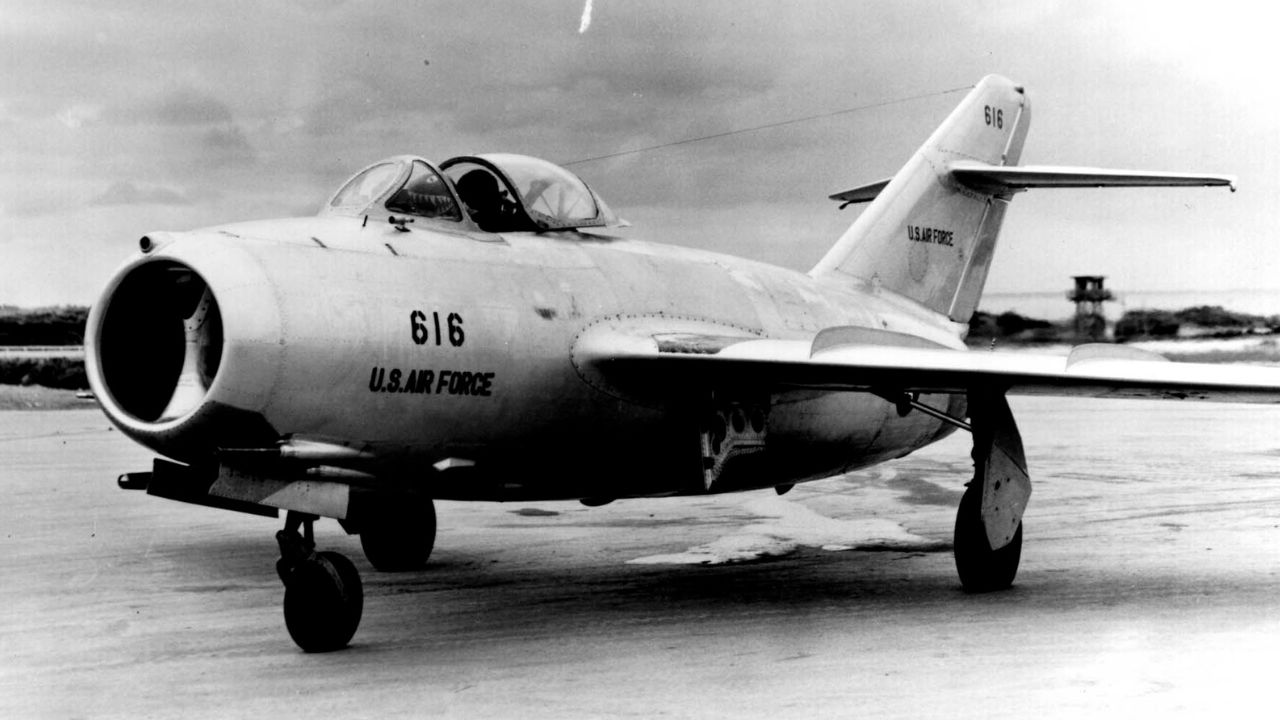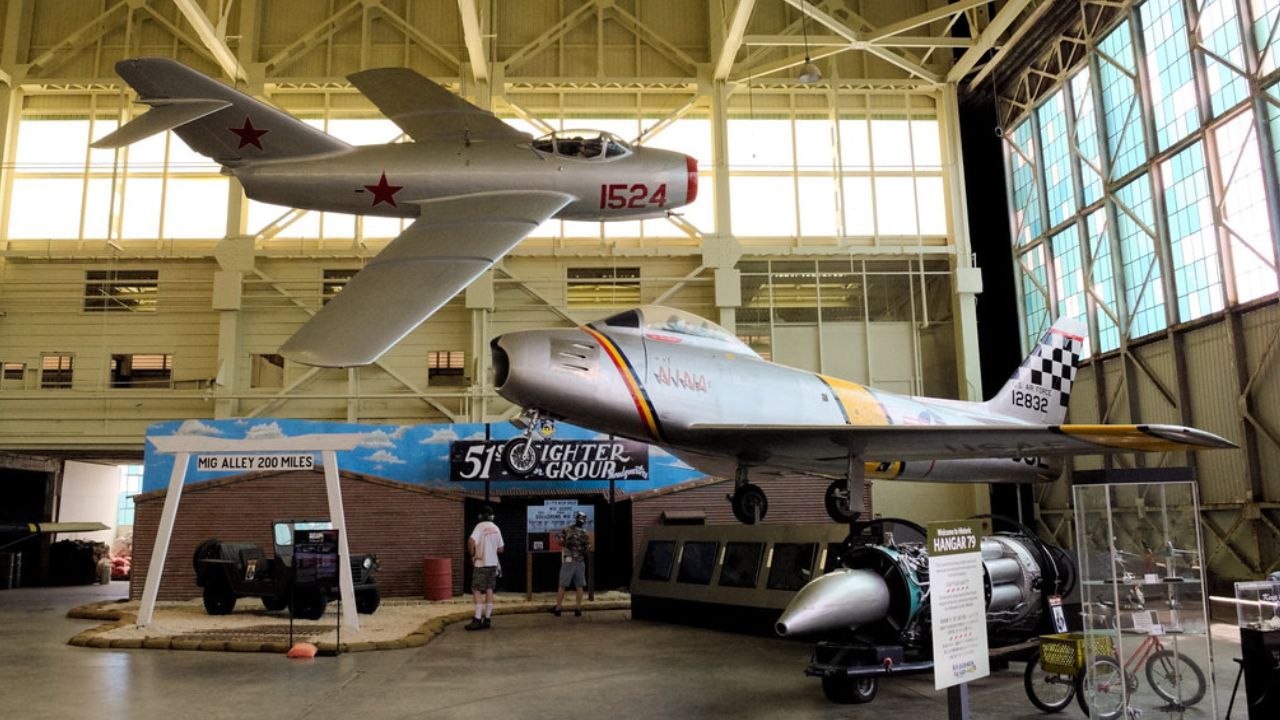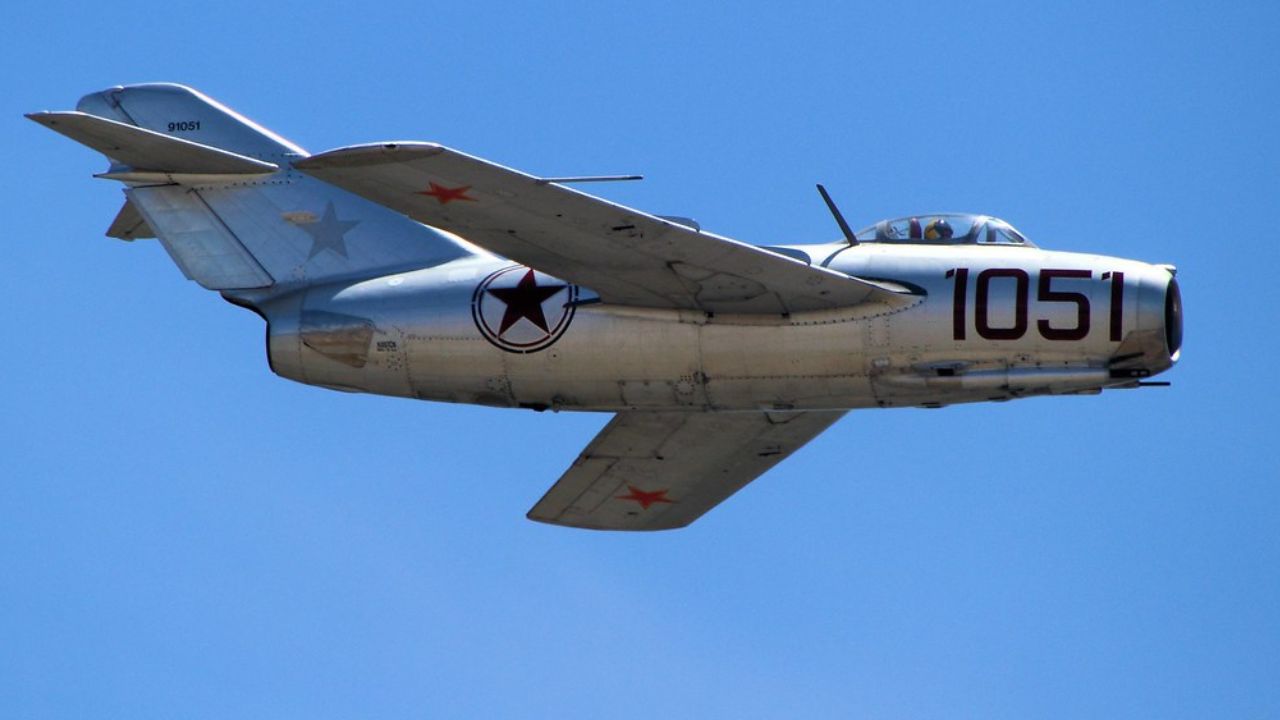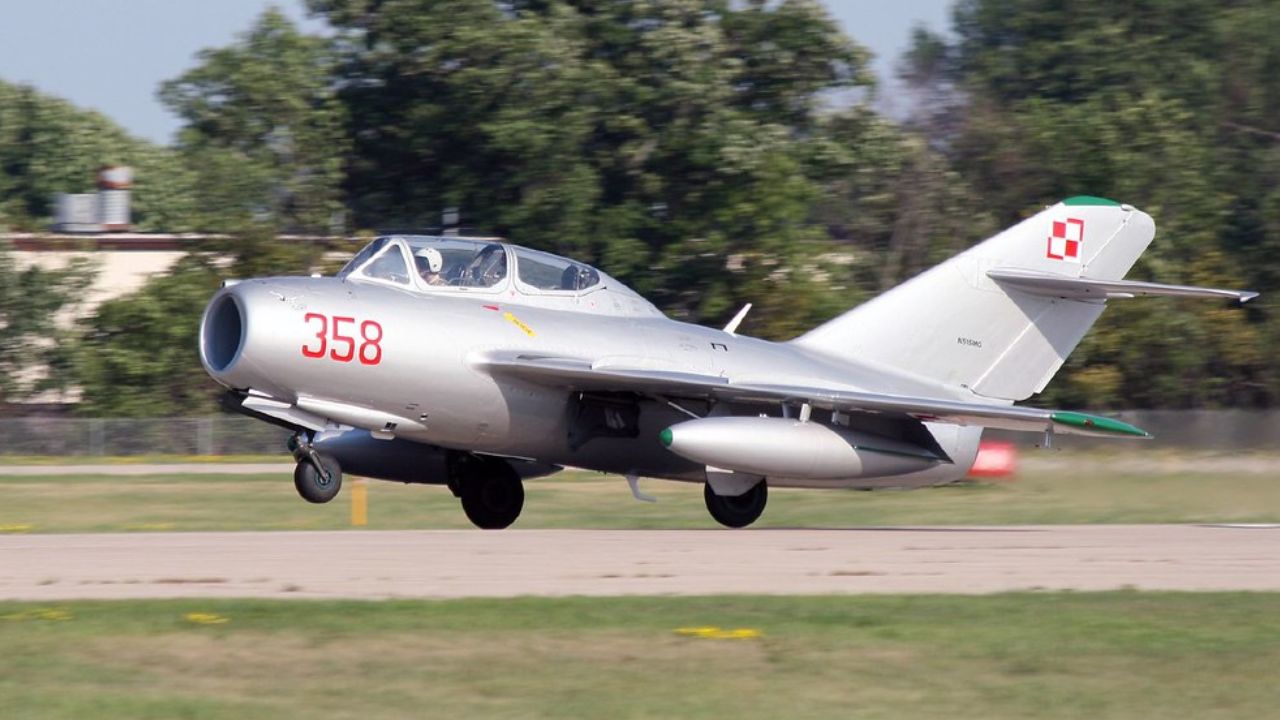The Mikoyan-Gurevich MiG-15 was a groundbreaking aircraft that redefined aerial combat during the Cold War era. Known for its agility and speed, this Soviet jet fighter played an integral role in military aviation history. Here are ten fascinating facts about the MiG-15 that highlight its significance and legacy.
Introduction to the MiG-15: A Game Changer in Aviation

The MiG-15 emerged as a revolutionary jet fighter in the late 1940s, setting new standards in speed and performance. It was one of the first jets to incorporate swept-wing technology, which significantly enhanced its aerodynamics. This advancement allowed the MiG-15 to dominate the skies and alter the landscape of aerial warfare.
Design Evolution: From Concept to Reality

The design of the MiG-15 was heavily influenced by captured German technology and research, particularly in aerodynamics. The incorporation of swept wings was pivotal in achieving high-speed performance. The aircraft’s design was a departure from previous Soviet fighters, showcasing a sleek, modern look that became iconic in military aviation.
The MiG-15’s Role in the Korean War

During the Korean War, the MiG-15 faced off against United Nations forces, marking its first major combat engagement. The jet quickly proved its superiority over older piston-engine aircraft and presented a formidable challenge to allied air forces, particularly during high-altitude dogfights.
The Engine: Power Behind the Legend

The MiG-15 was powered by the Klimov VK-1 engine, which was based on the British Rolls-Royce Nene engine. This powerful jet engine provided the thrust necessary for the MiG-15 to reach speeds of over 1,000 km/h, enabling it to excel in high-speed aerial engagements.
MiG-15 vs. F-86 Sabre: Aerial Rivals

In the skies over Korea, the MiG-15 found its rival in the form of the American F-86 Sabre. The two aircraft were evenly matched, with the MiG-15 excelling in climb rate and the F-86 offering better maneuverability. This rivalry showcased the technological advancements of both nations during this era.
Production and Variants: A Global Reach

The MiG-15 was produced in large numbers, with over 12,000 units built across various variants. It was not only used by the Soviet Union but also exported to numerous allied nations, making it one of the most widely operated jet fighters of its time. Variants included the MiG-15bis and MiG-15UTI trainer.
Performance and Specifications: Speed and Agility

With a maximum speed of 1,076 km/h and a service ceiling of 15,500 meters, the MiG-15 was a formidable opponent in aerial combat. Its armament included a 37mm cannon and two 23mm cannons, providing substantial firepower. The aircraft’s agility and climb rate were critical to its success in dogfights.
The MiG-15 in Popular Culture

The MiG-15 has been featured in numerous films, documentaries, and video games, cementing its status as an iconic fighter jet. Its distinctive silhouette and historical significance have made it a popular subject in media, showcasing its role as a symbol of Cold War aviation.
Legacy and Influence on Modern Fighter Jets

The innovations introduced with the MiG-15, particularly its swept-wing design, influenced the development of future jet fighters. The lessons learned from its performance and design were applied to subsequent aircraft, helping to shape modern military aviation and inspire the next generation of fighter jets.
Conclusion: The Enduring Impact of the MiG-15

The MiG-15’s impact on aviation history is undeniable. It set new standards for jet fighter design and performance, leaving a legacy that continues to influence modern aircraft. As a pioneer of jet technology, the MiG-15 remains a testament to innovative engineering and its role in shaping the future of aerial combat.
Like Fast Lane Only’s content? Be sure to follow us.
Here’s more from us:
*Created with AI assistance and editor review.







Leave a Reply